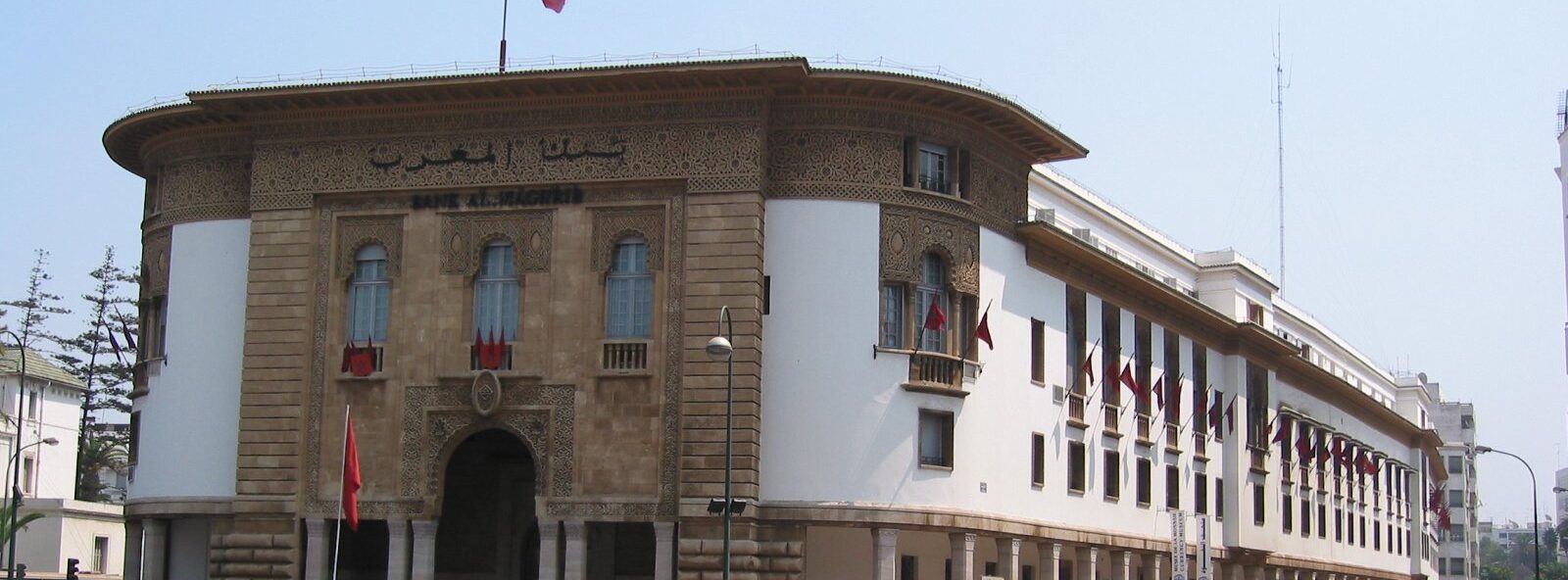Bank Al-Maghrib, the limitations of an accommodative monetary policy
Bank Al-Maghrib’s monetary policy has significantly evolved over the past 10 years!
Indeed, in the aftermath of the 2007-2008 financial crisis, Mr Jouahri, its Governor, understood that the
